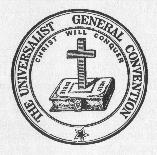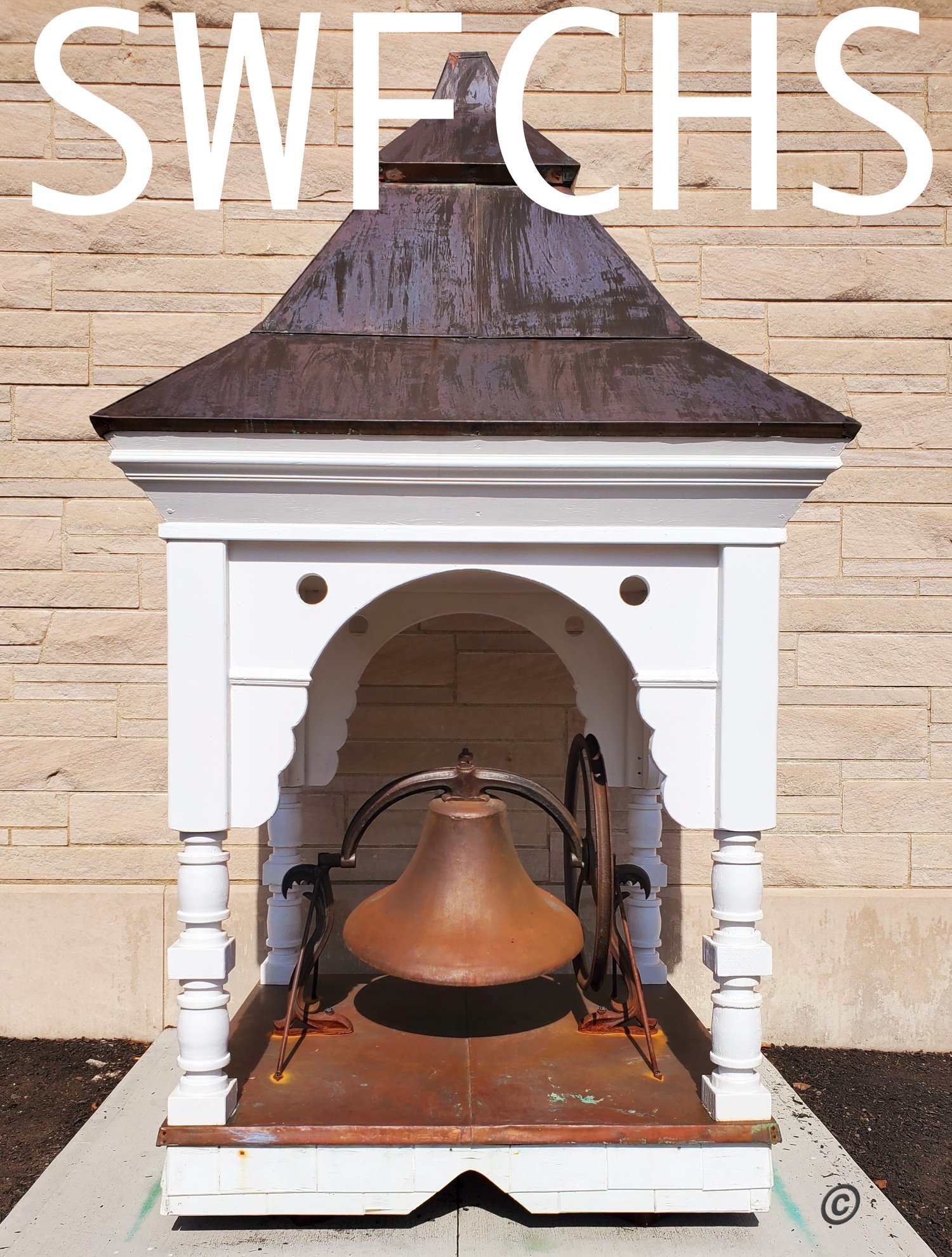
BLOG

St. Johannis Kirche
The first organized religious group to build their own house of worship was St. Johannis Kirche [St. John’s Lutheran Church]. Lutherans began meeting at the Highland Meeting House as a congregation in 1849. In 1853, they built a church, which is still standing at the northwest corner of Columbus Street and Arbutus Avenue. Most Lutherans spoke their native language but services were also held in English. Some of the English speaking Lutherans left and formed St. Paul’s Lutheran Church at the intersection of Columbus Street and Dudley. When St. Paul’s ceased to exist after five years, the property was purchased by St. John’s congregation where they built their current structure.

Rev. R. K. Davis
The first ordained minister in Grove City was the Rev. R. K. Davis, a friend of William F. Breck [pictured], the founder of Grove City. Davis was described as a Presbyterian clergyman but an 1880 Ohio history states Davis was a Protestant Methodist. He conducted services at the Highland Meeting House which was built in 1846, the same year Breck moved here from Carroll, Ohio.

Circuit Riders
Methodist and Presbyterian circuit riders road horses, mules and sometimes walked to rural communities to preach. Methodist circuit riders were in Central Ohio as early as 1796, seven years before Ohio became a state.

Grove City’s Denominations
Over the next few weeks, we will be tracing the history of Grove City’s three major denominations which had their start at the old Highland Road Meeting House. If you can share any related stories they would be appreciated. Please email correspondence to SWFCHSohio@gmail.com. The Universalists and New Lights were the first religious groups to conduct organized religious services in Jackson Township as early as 1828. That was 18 years before the Highland Meeting House was built. Those early services were held in homes.

Waller’s Mound
The only known remaining Indian mound in the Grove City area was preserved in 1990 when the Woodfield Oaks subdivision was being developed by the Bettin Family of Chillicothe. That development today is part of Indian Trails. The mound is on Clayton Court. The Bettin family sought assistance from the Ohio Historical Society and they credit Chuck Boso and Bill Lotz for playing an instrumental role in making their development plan work for the good of preserving local history. The mound, originally known as Waller’s Mound, may date back more than 2,000 years.
